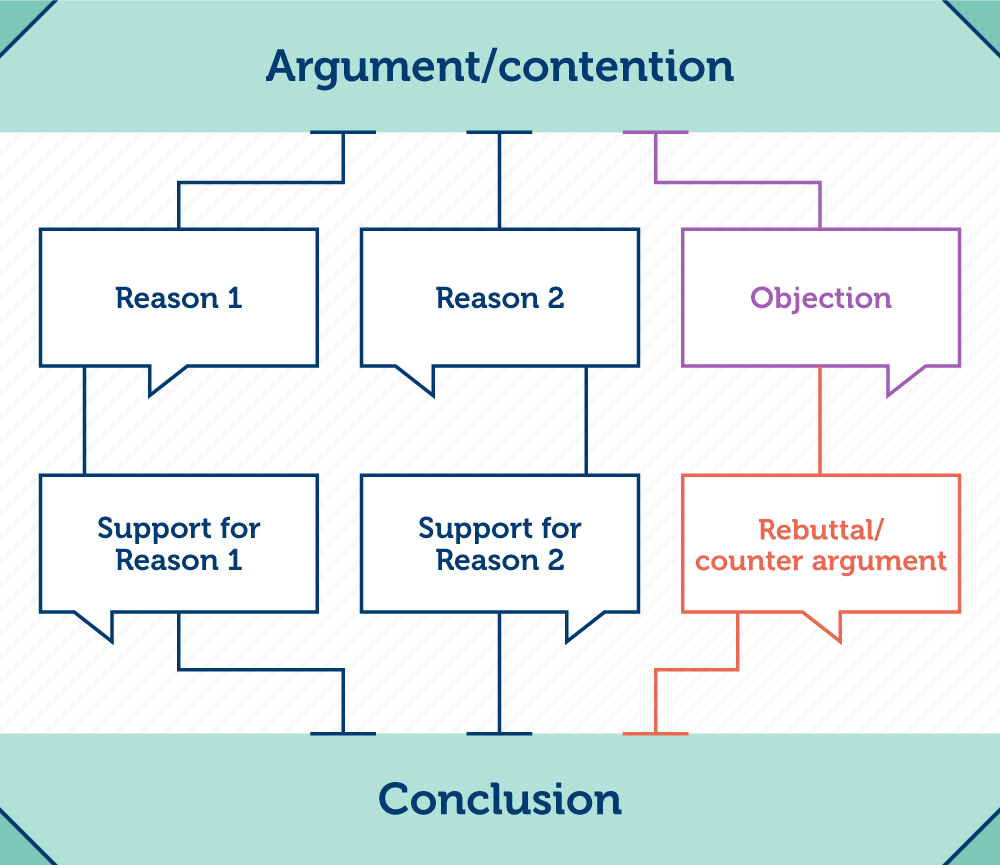Table Of Content
[T]he problem for the fine-tuning argument is that we lack both of the pieces that are needed to justify an inference of design. First, the very point of the argument is to establish the fact that there exists an intelligent agency that has the right causal abilities and motivations to bring the existence of a universe capable of sustaining life. Second, and more obviously, we do not have any past experience with the genesis of worlds and are hence not in a position to know whether the existence of fine-tuned universes are usually explained by the deliberate agency of some intelligent agency.
a. The Argument from Irreducible Biochemical Complexity
However, DeBroglie, Bohm and others (even for a timeEinstein) tried to reinstate determinism by moving it back to an evendeeper fundamental level via hidden variable theories. Although thehidden variable attempt is generally thought not to be successful, itsfailure is not a failure of principle. The position that there are causal gaps in nature is notinherently irrational—and would seem to be a legitimateempirical question.
3 Violations of Naturalness and Fine-Tuning for Life
Design Arguments for God & “Irreducible Complexity” - Answers In Genesis
Design Arguments for God & “Irreducible Complexity”.
Posted: Sat, 05 Dec 2020 08:00:00 GMT [source]
There was nothing logically suspect here.Indeed, simplicity and uniformity considerations—which haveconsiderable well-earned scientific clout—push in the directionof such generalizations. To understand Schlesinger's argument, consider your reaction to two different events. If John wins a 1-in-1,000,000,000 lottery game, you would not immediately be tempted to think that John (or someone acting on his behalf) cheated. If, however, John won three consecutive 1-in-1,000 lotteries, you would immediately be tempted to think that John (or someone acting on his behalf) cheated. Schlesinger believes that the intuitive reaction to these two scenarios is epistemically justified.
Perception of purpose in biology

As just outlined, it is controversial whether it is rational to inferthe existence of multiple universes from our universe’sfine-tuning for life. However, if we had strong independentevidence for other universes with life-hostile conditions, attempts toaccount for why our own universe is life-friendly would most likelyseem futile. Thus independent evidence for some multiverse scenariocould have a strong impact on what we regard as a rational response tofine-tuning for life. Proponents of the argument from fine-tuning forthe multiverse could moreover welcome such evidence as potentiallyhelping to motivate a non-negligible prior \(P(M)\) for themultiverse. A second type of scenario according to which future developments inphysics may eliminate at least some fine-tuning for life would be adynamical account of the generation of life-friendlyconditions, in analogy to the Darwinian “dynamical”evolutionary account of biological fine-tuning for survival andreproduction.
The Ontological Argument for God
It was given a fuller and quite nice earlystatement by Hume’s Cleanthes (1779 [1998], 15). The argument from poor design, also known as the dysteleological argument, is an argument against the assumption of the existence of a creator God, based on the reasoning that any omnipotent and omnibenevolent deity or deities would not create organisms with the perceived suboptimal designs that occur in nature. Insofar as the legitimate application of design inferences presupposes that we have antecedent reason to believe the right kind of intelligent being exists, they can enable us to distinguish what such beings do from what merely happens. If we already know, for example, that there exist beings capable of rigging a lottery, then design inferences can enable us to distinguish lottery results that merely happen from lottery results that are deliberately brought about by such agents.
1 Analogical Design Arguments: Schema 1
Does the Appearance of Design in Nature Point to a Designer? - Reasons to Believe
Does the Appearance of Design in Nature Point to a Designer?.
Posted: Thu, 08 Jun 2023 07:00:00 GMT [source]
The habitability of the earth for humans, is in many ways the result of chance occurrences, such as the elimination of dinosaurs rather than the efforts of an intelligent designer. In this essay, we’ll argue that recent discoveries in modern physics provide an argument that strongly suggests that an intelligent designer, God, is behind the universe and its laws. While this particular argument is based upon discoveries that are only a few decades old, the basic form of the argument follows in the footsteps of the age-old design argument.
The heart, the lungs, the stomach, the liver, the kidneys, are much alike in all. The same fluid (for no distinction of blood has been observed) circulates through their vessels, and nearly in the same order. The same cause, therefore, whatever that cause was, has been concerned in the origin, has governed the production of these different animal forms. The preceding arguments occupy only the first six of the 27 chapters in Natural Theology.
David Hume
Purported explanations can be informally divided into two broadcategories—those involving agents, agency, intention, and thelike; and those involving mechanism, physical causality, naturalprocesses, and the like. The distinction is not clean (functioningartifacts typically involve both), but is useful enough in a rough andready way, and in what follows agent explanations and mechanicalexplanations respectively will be used as convenient handles. Nothingpernicious is built into either the broad distinction or the specifiedterminology. Evidential ambiguity would virtually disappear if it became clear thatthere is no plausible means of producing some R independentof deliberate intent. Part of the persuasiveness of (6) historicallycame from absence of any known plausible non-intentional alternativecausal account of the traditional Rs.
4 Independently Motivating and Testing the Multiverse Hypothesis?
The proper functioning oftheir visual apparatus, in turn, depends sensitively on physiologicaldetails of their eyes and brain. The term “fine-tuning” is used to characterizesensitive dependences of facts or properties on the values of certainparameters. One of the primary arguments against the existence of God is found in the Mīmāmsā tradition. The cosmological and teleological evidence as examined above was deemed inconclusive. The focus of this tradition and its several subtraditions was on living properly.
Since the human body is a highly complex system of parts which cooperate in such a way as to produce desirable ends (prolonged life, consciousness, vision, etc.), it resembles sophisticated man-made machines, which are also systems of functionally interrelated parts, which work together to produce desirable ends. The problem of evil poses a philosophical challenge to the traditional arguments (in particular the design argument) because it implies that the design of the cosmos and the designer of the cosmos are flawed. How can we assert the existence of a caring and benevolent God when there exists so much evil in the world? The glib answer to this question is to say that human moral agents, not God, are the cause of evil.
According to many advocates of inflationary cosmology, the process ofinflation results in causally isolated space-time regions, so-called“island universes”. This process is in general“eternal” in that the formation of island universes neverends. As a result, it leads to the production of a vast (and,according to most models, infinite) “multiverse” of islanduniverses (Guth 2000). As aconsequence of this fact, the Bayesian version of the argument fromfine-tuning for a designer as outlined in Section 3.1 must adopt some solution to Bayesianism’s notorious problemof old evidence (Glymour 1980) because \(R\)—that theconstants are right for life—is inevitably old evidencefor us. We will not pursue that dispute here except to note that even if thecase is made that ID could not count as proper science, which is controversial,[12] that would not in itself demonstrate a defect in design arguments assuch.

No comments:
Post a Comment